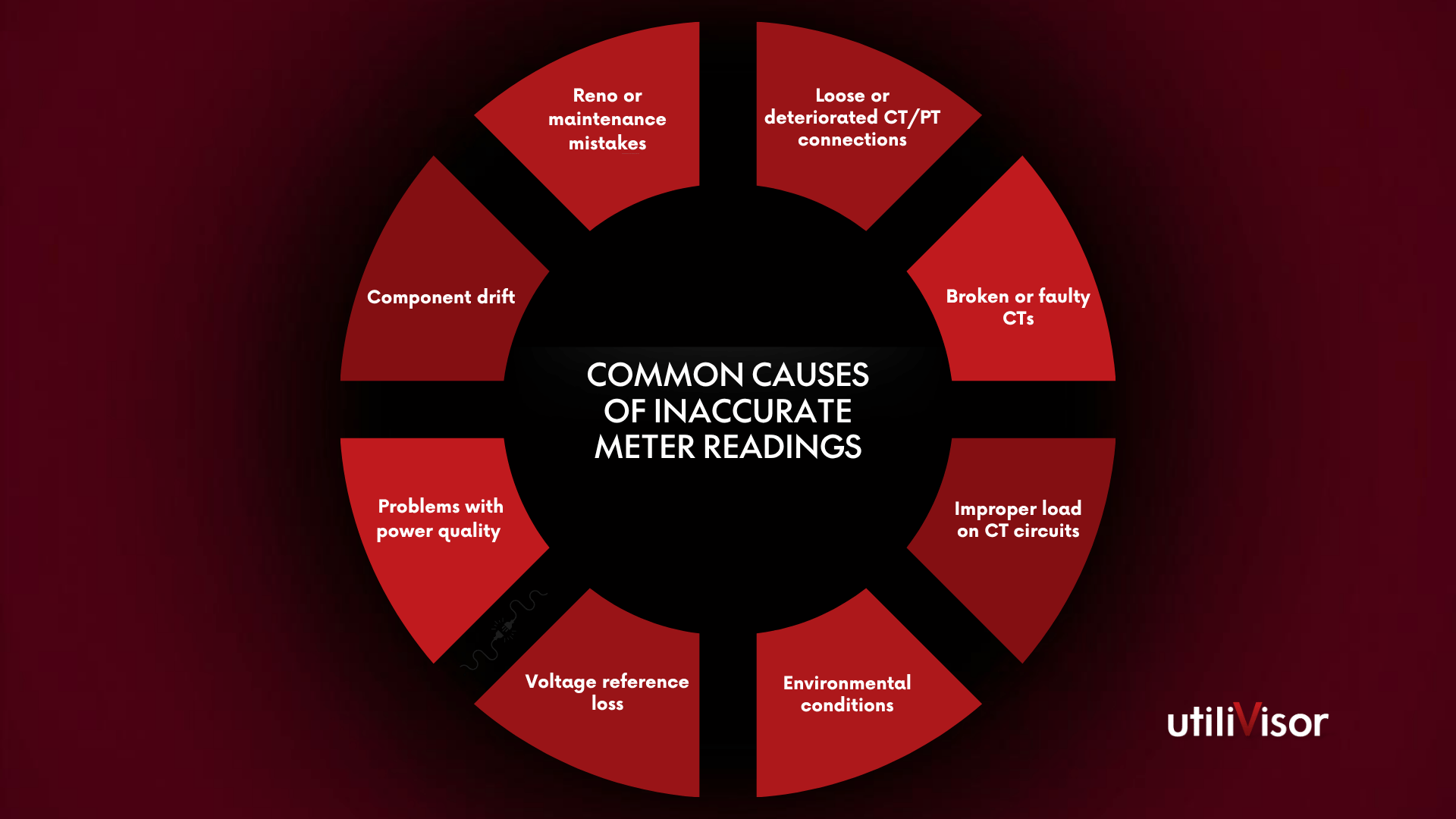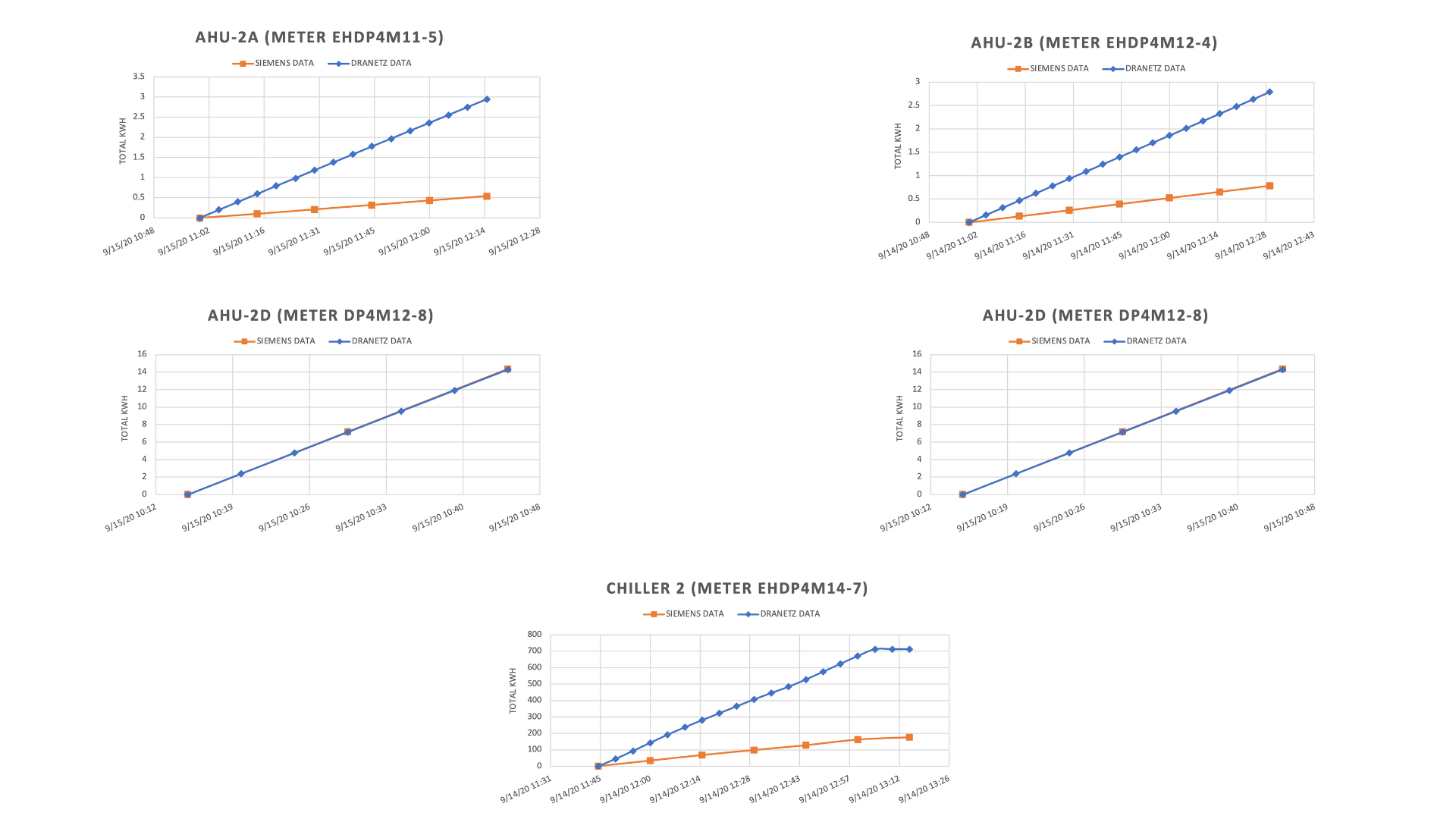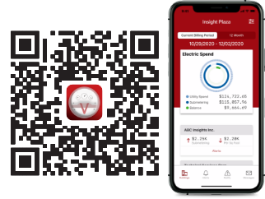How Reference Testing Saves You Money
Think your meters are fine? Here's why they're probably not and how reference testing keeps your revenue where it belongs—in the books, not on the table.
Meters don't stay accurate forever. Over time, connections loosen, components drift, and communication issues emerge. Without regular testing, your decisions are based on faulty data, which can cost you $thousands in lost revenue, tenant disputes, and wasted staff time.
Most leases allow for reference testing to be charged back to the tenants, and the costs for testing may be quite a bit lower than you expect. In this budget-planning season, here's why reference testing is a line item you don't want to leave out.
Our Definition of Reference Testing
Let’s kick this discussion off with some clarity on what we mean by reference testing. For us, testing is a two-step process:
- Reference-test the meter. We put a calibrated power analyzer (the “reference”) on the same load as the meter and compare the analyzer’s reading to the meter’s. If the meter is off by more than ±5%, it could be time for a new meter.
- Test the communications (aka “reconciliation”). Is the meter data accurately transmitted to its end point, or is something garbling or cutting off the transmission?
My Meter Was Fine Yesterday. What Could Happen?
Like any machine, a meter (and its connections) deteriorates with time and environmental stress. Here are the most common issues that impact meter readings over time:
- Loose or deteriorated CT/PT connections – Connection problems lead to intermittent readings, incorrect scaling, or phases not registering.
- Broken or faulty CTs – Cracked or overheated CTs can drift or fail entirely.
- Improper burden/load on CT circuits – Excessive distance or wrong wire gauge can distort readings.
- Environmental conditions – Heat, moisture, or vibration can damage internal electronics over time.
- Voltage reference loss – Blown fuses or disconnected voltage taps lead to zero or partial readings on certain phases.
- Power surges or electrical noise – Can cause memory corruption, communication drops, or inaccurate values.
- Aging hardware and component drift – Calibration can shift, especially in older meters.
- Maintenance or renovation mistakes – Contractors working in electrical cabinets sometimes break voltage leads on the CTs.

Okay, But How Much Should I Budget? How Much Does Testing Cost?
The total cost for testing depends, of course, on the number of meters you want tested. At the time of publication, reference testing takes 2-4 hours per meter and we charge $225 per hour for this service (or $450–$900 per meter). If that sounds like too much to you, read below to see the ROI you get on this investment.
The Real-Life ROI of Reference Testing
Nothing illustrates like a real-life example. Here's one that demonstrates the range of benefits from testing:
Readings at a Boston research property didn’t make sense, forcing the property's new manager to spend 8–12 hours every month preparing billing packages she didn’t have confidence in. So she brought utiliVisor in to do reference-testing. Check out the line graphs to see some of what we found.

As the charts above show, some of the meters were fine, and some weren't too off. But some meter readings were just awful, like the top two AHU meters and the chiller, and were wrong by 250%–450%.
The next year, the property manager had us test 3 different meters. This time things were less extreme. In fact, all the meters read slightly below the reference analyzer. The underreporting totaled $2,143 in unrecovered electricity annually for those meters. But even with corrections this small, the testing still paid for itself and then some. You never know what you're going to find.
Recommendations
- Have 5%–33% of your meters tested every year (depending on how long it’s been since any testing was done) to make sure you’re getting accurate values.
- Use an MDSP-certified service provider (👋).
- Add language to new leases to recover the cost of reference testing.
- Have an electrician available on the day if (i) any electrical panels need to be opened or (ii) if you suspect meters or CTs are significantly underreporting (because they likely need to be rewired).
You Might Like
About utiliVisor
Your tenant submetering and energy plant optimization services are an essential part of your operation. You deserve personalized energy insights from a team that knows buildings from the inside out, applies IoT technology and is energized by providing you with accurate data and energy optimization insights. When you need experience, expertise, and service, you need utiliVisor on your side, delivering consistent energy and cost-saving strategies to you. What more can our 45+ years of experience and historical data do for you? Call utiliVisor at 212-260-4800 or visit utilivisor.com




